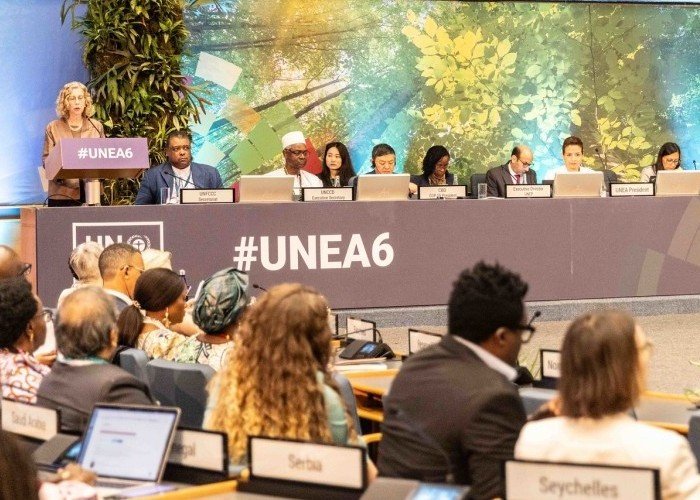Climate intervention research: An insurance policy for near-term climate risks
As published in The Hill
Climate change is one of the most critical challenges facing humanity. It currently presents an overwhelming disaster risk for which we currently lack sufficient responses. This year, one-third of Pakistan was underwater. The western U.S. faced unprecedented wildfires and drought, while people in the east drowned in their homes. Coastal and island communities began relocating, and record-breaking temperatures wreaked havoc in Africa, Europe and South Asia.
Every country from around the world recently gathered for the recent UN climate summit COP27 to press forward on climate action, but are struggling to achieve their goals. Aggressive emissions reduction continues to be imperative, but no level of emissions reduction can counter the warming effects of greenhouse gases that are already in the atmosphere. In every scenario for climate change, Earth will continue to warm for the next 30 to 40 years. This is an enormous disaster risk for which we have no insurance, posing the greatest threat to the world’s most vulnerable people.
So, what should we do? This is where science comes in. In recent years, scientists have assessed technological approaches derived from processes observed in nature, also known as “climate interventions,” as possibilities for rapidly reducing greenhouse gases or warming in the atmosphere.
Climate intervention might provide emergency medicine the world needs. The most rapid and scalable approaches involve increasing the reflection of sunlight from clouds and particles in the atmosphere, a phenomenon that already occurs when large volcanoes erupt or particles from emissions brighten clouds, a cooling influence on climate today. The idea is to emulate these effects in cleaner and more controlled ways to keep human and natural systems stable while society reduces emissions and transitions to a more sustainable future.
By 2050, over 1 billion people may be displaced by climate change, mostly in developing countries. We do not currently have options or plans for their safety. In the same period, many species and natural systems may be lost. The extreme events we’re experiencing today are only projected to intensify, stretching infrastructure and economic systems beyond their limits. Given this stark reality, climate intervention is receiving more attention by a diverse spectrum of institutions, governments and international bodies — including the first-ever dedicated chapter on the topic in an international scientific assessment in which the United Nations took part. Even long-time skeptics have begun turning attention to climate intervention.
To be clear, before society invests in capabilities for climate intervention, or anyone tries to use them, we must have a far better understanding of their effects and risks alongside capabilities for monitoring and predicting their effects. A great deal of research is needed. Philanthropic funding has helped advance early efforts by leading scientists, including more than $7 million through the Safe Climate Research Initiative.
But U.S. federal investment in climate and climate intervention research will be critical. Climate research requires advanced technologies for super-computing, data analysis and remote sensing that are concentrated in the U.S. and other developed countries. U.S. federal science agencies provide the scientific support for a host of the world’s environmental agreements, as well as science and monitoring programs. With bipartisan direction from Congress, U.S. science agencies will soon release the first report from a national government on the research required to support scientific assessment of reflecting sunlight from the atmosphere to cool climate. This is an important step forward for climate intervention research and governance.
Yet, countries in the Global South are facing the worst impacts of climate change, and some stakeholders in the Global South are exploring activity and expressing interest in engaging in the analysis, assessment and development of climate interventions. It is imperative that countries in the Global South are brought in as equals and their experts included, since it is these regions that are projected to suffer the worst effects of climate change, while contributing the least to the crisis.
Those in positions of power and influence have a moral obligation to help the world understand near-term climate risks and the potential for interventions to protect the world’s most vulnerable people and natural systems. This starts with doing everything in our power to ensure that we have timely data to make informed decisions and assess the risks of action against the cost of inaction.
It is becoming painfully apparent that climate change is not just measured in the concentration of carbon in the atmosphere. It is also measured in human lives and suffering. It is time to make every possible effort to reduce emissions. It also is time for serious research in climate intervention, as it may be the best insurance we have to keep disasters at bay and safeguard a world in which nature and society can thrive.




